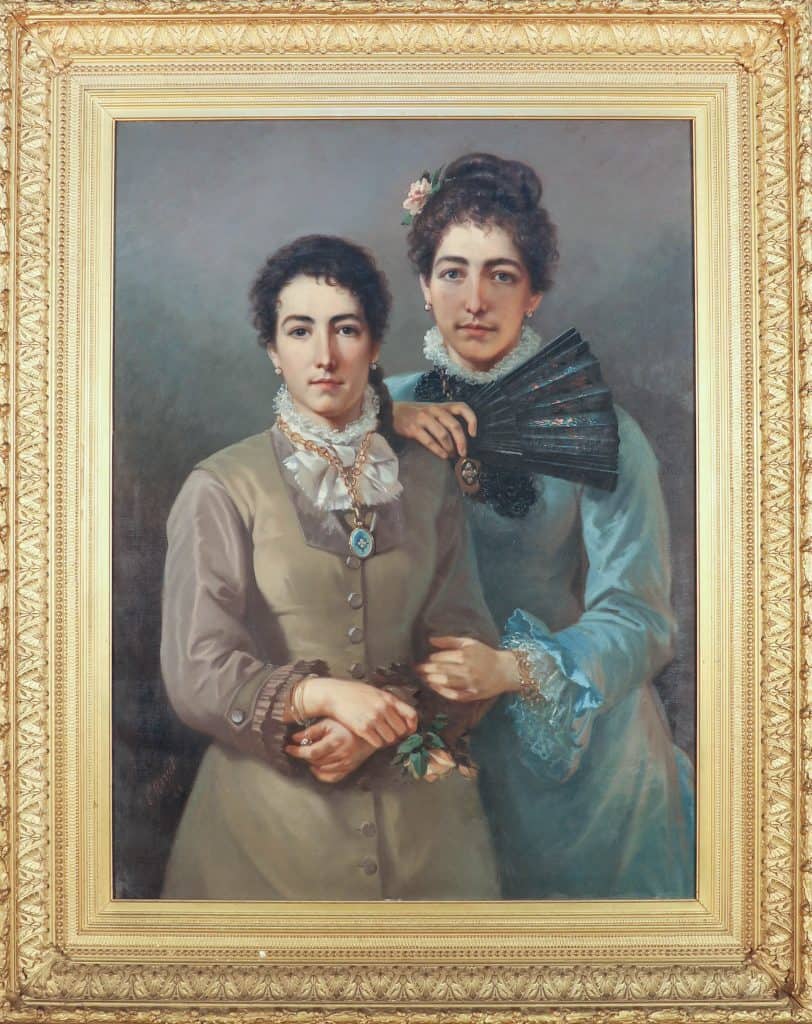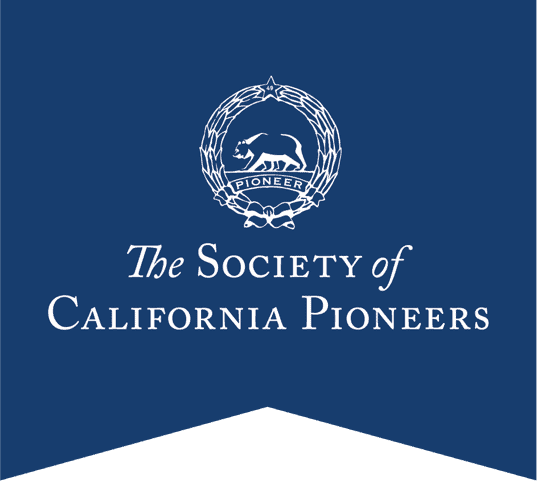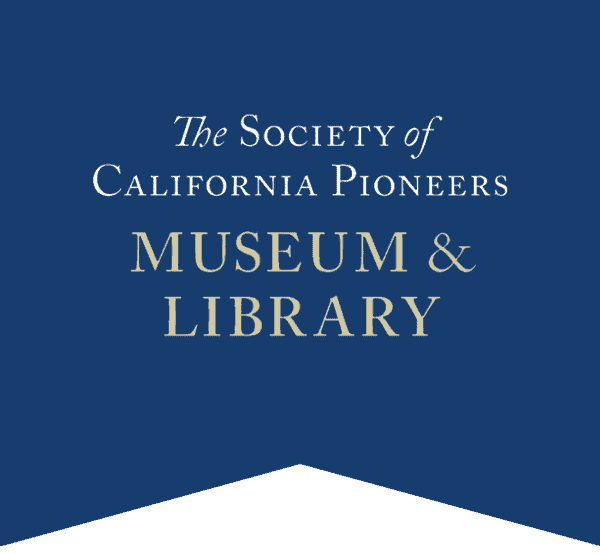Paintings, Prints & Drawings
Even with the advent of photography, the demand for painting remained strong well into the twentieth century.
As new arrivals to California continued to regard painting as the art form most capable of conveying social and cultural ascendance. It is, therefore, not surprising that landscapes, city views, and portraits predominate in The Society collection. In depicting the people, places, and events of their day, at least some artists were aware that they were recording history in the making and that the imagery they were creating served to promote the growing mythology of the place as a kind of distant Eden. In her portrait of Emperor Norton, Adeline Ballou captures both the likeness and inner character of San Francisco’s first and only “Emperor of the United States and Protector of Mexico.” Entrepreneur William Ralston is the jaunty, horse-driving protagonist of Thomas Hills’ portrait against a backdrop of San Francisco’s Mission Bay while the anonymous hero of Jules Tavernier’s The Pioneer reads a letter in a cabin that is a virtual museum of camp life. In his View of San Francisco from Telegraph Hill, Joachim Ferdinand Richardt bathes his cityscape in glossy moonlight to give the frontier town the appearance of an Old World seaport. Ernest-Etienne Narjot employs dance-like curvilinear forms to animate his rendition of Chinese New Year. These paintings along with others in the collection reinforce the ideological construct of California as an immigrant and polyglot society where classes intermingle, emperors are self-proclaimed and the landscape is utopian.

Interested in donating to our Collections?
We are always seeking to enhance our collection! All items offered for donation must fit within our collections guidelines and will be vetted and processed by our Collections Committee.
For further information, contact us at
[email protected].



